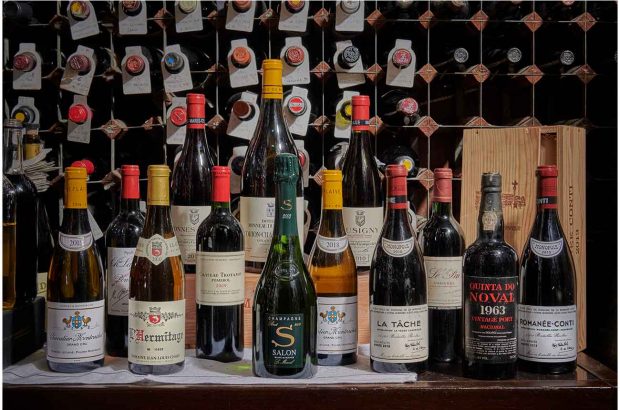When should I open NV Champagne? – ask Decanter
You can generally open NV Champagne and enjoy it on release.
However, experts say NV Champagne can also benefit from some ageing in your cellar, even if most would not be expected to match the longevity and complexity of the best vintage Champagnes.
How long is NV Champagne aged before release?
All Champagne must be aged for at least 15 months in the bottle prior to release, and non-vintage wines must be aged for at least 12 months on ‘lees’, according to the Comité Champagne.
Some houses may choose to age NV Champagne longer. For example, Louis Roederer says it ages Brut Premier NV for three years. It then has a further six months to rest after disgorgement, the process of removing the yeast sediment resulting from the secondary fermentation in bottle of Champagne.
Disgorgement matters
‘Every bottle of Champagne has two lives, one relying on the sustaining presence of the lees prior to disgorgement, and the other in more rapid development post-disgorgement,’ wrote Tyson Stelzer in Decanter magazine in 2014.
‘A bottle will taste very different six months after disgorgement than it will two years after,’ Champagne grower Didier Gimonnet, of Pierre Gimonnet & Fils, told Stelzer.
It’s not a requirement to include the disgorgement date on the label, so it can be hard to judge. Yet several producers do publish the information, either on labels or online.
Bollinger includes an ‘RD’ label for recently disgorged, while Krug prints ID labels on bottles, so customers can find out the disgorgement date by going online. Bruno Paillard has published disgorgement information since 1985.
How long can you age NV Champagne for?
‘A little post-disgorgement ageing (ie, time in your cellar) works absolute wonders for NV Champagnes,’ said Anne Krebiehl MW, in the recent Decanter Panel Tasting for non-vintage Champagne.
‘When I was younger and poorer, I would make use of pre-Christmas discounts and just leave the bottles in my cellar (the benefit of a draughty Victorian ground-floor flat). Twelve months later, much more rounded, suave Champagnes would emerge.’
She added, ‘Two or three years should be no problem at all for a NV Champagne, and the really good ones easily stretch to five years. So stash some away in a cool, dark spot.’
‘I still always have NV bottles in the cellar, simply because they gain so much by being aged. Quite apart from ageing, it is always good to have Champagne in the house.’
If you don’t know the disgorgement date, it is trickier as you won’t know how long the bottle has been sitting on the shelf. In those cases, it’s probably best to drink up within a year.
Late disgorgement releases
More houses are also releasing late-disgorged non-vintage Champagnes. ‘Special late-disgorgement releases clearly illustrate the difference between pre- and post-disgorgement ageing’ said Krebiehl.
Jennifer Docherty MW told DecanterChina.com that it can be an interesting experiment to taste the same NV Champagne with different disgorgement dates.
Tips for storing your Champagne:
- For less than a month, stored standing up is fine. For longer than that, put it in a wine rack, so it’s horizontal.
- Keep it away from bright light
- Make sure the temperature is consistent





